Disclosure: This article contains affiliate links. We may earn a commission from purchases at no extra cost to you, which helps our travel content.
Standing at the edge of Ras Mohammed National Park, the scorching Egyptian sun warming my skin, I gazed out at the impossibly blue waters of the Red Sea. The contrast between the arid desert landscape and the vibrant marine ecosystem just below the surface couldn't be more dramatic. As an anthropologist who's spent years studying Mediterranean civilizations, diving in Sharm El Sheikh feels like accessing an underwater museum where nature, not humans, has created the most spectacular exhibits. After five visits to this diving paradise, I'm finally ready to share my comprehensive guide to exploring this underwater wonderland without breaking the bank.
Why Sharm El Sheikh Should Top Your Diving Bucket List
The Red Sea isn't just another pretty diving destination—it's an underwater archaeological record of our planet's history. With over 1,200 species of fish (20% found nowhere else on Earth), 250+ types of coral, and visibility often exceeding 30 meters, these waters tell stories that rival any ancient papyrus.
My love affair with Sharm began during my graduate studies when I was researching ancient Egyptian maritime trade routes. What was supposed to be a two-day research stop turned into a week-long diving adventure that I've repeated annually ever since.
The biodiversity here is mind-boggling: from the smallest pygmy seahorses to massive whale sharks, from delicate sea fans to sprawling hard coral gardens that have been growing since the time of the pharaohs. Unlike many tropical diving destinations that suffer from seasonal limitations, Sharm offers exceptional diving year-round, with water temperatures ranging from 21°C in winter to a balmy 29°C in summer.
Perhaps most compelling for history buffs like myself is how the Red Sea connects to ancient civilizations. These waters were highways for Pharaonic Egypt, trading vessels from Punt, and later Roman and Greek merchants. Diving here isn't just about pretty fish—it's about immersing yourself in the same waters that shaped human history for millennia.
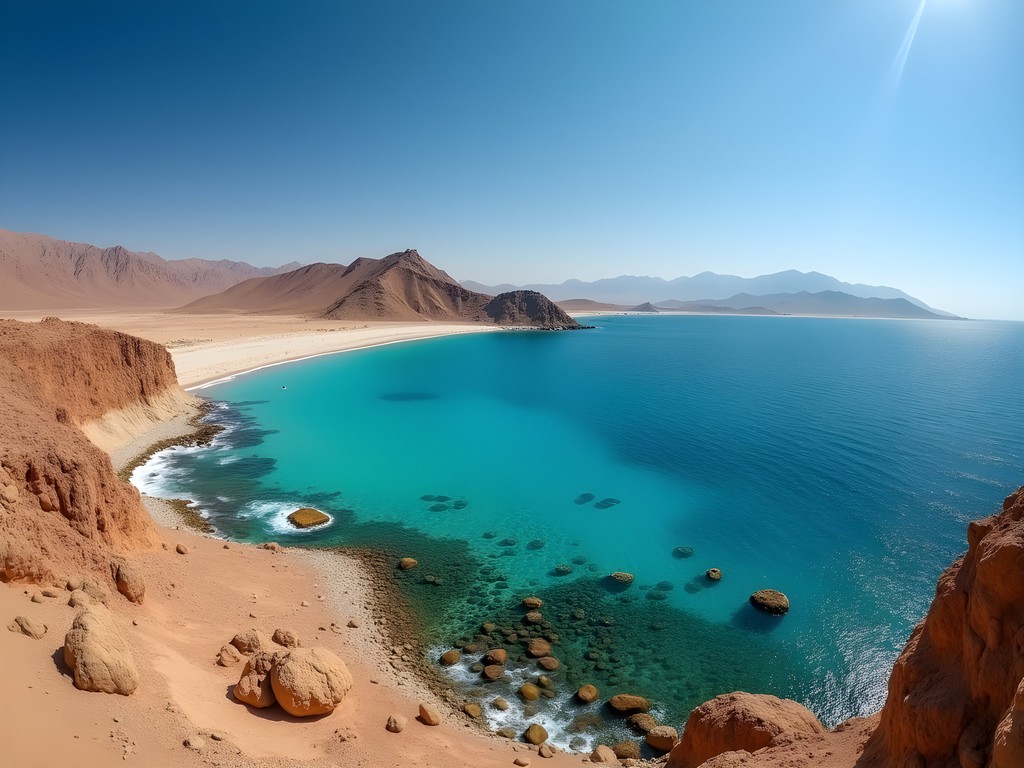
💡 Pro Tips
- Bring a reef-safe sunscreen as the Egyptian sun is intense and regular sunscreen damages the coral
- Book your diving package before arrival for better rates - I typically save 15-20% this way
- Consider the 5-day dive packages rather than daily bookings for significant savings
Must-Dive Sites: Beyond the Tourist Bubbles
After logging over 50 dives in Sharm's waters, I've developed strong opinions about which sites truly deserve your precious vacation time. While Sharm offers dozens of dive sites, these are the ones that consistently leave me speechless:
Ras Mohammed National Park (Shark & Yolanda Reef) - This legendary site combines two reefs into one mind-blowing dive. The current-swept point attracts schools of barracuda and batfish so dense they temporarily block the sun. The notorious 'Yolanda Wreck' section still contains cargo from a 1980s Cypriot freighter—including its bizarre cargo of toilets scattered across the reef. (Yes, underwater toilets make for surprisingly interesting photos!)
Thistlegorm Wreck - This WWII British merchant navy ship sunk in 1941 isn't just a wreck—it's a perfectly preserved time capsule. Diving through cargo holds still filled with motorcycles, trucks, rifles, and Wellington boots creates an eerie connection to the past that resonates deeply with my anthropologist soul. This is a deep dive (30m) requiring Advanced certification, but absolutely worth the extra training.
Straits of Tiran (Thomas Reef) - The four reefs in the Straits of Tiran all offer spectacular diving, but Thomas Reef's sheer walls and stronger currents attract the most diverse marine life. During my last visit, we encountered a curious oceanic whitetip shark—a rare privilege that had our entire boat buzzing for days.
Ras Um Sid - When I need a relaxed dive with guaranteed turtle sightings, this is my go-to spot. The gorgonian forest at 25m depth hosts some of the most photogenic pygmy seahorses in the Red Sea. This site proves you don't need extreme conditions for extraordinary experiences.
For capturing these underwater wonders, I've tested numerous cameras and settled on the underwater camera for its exceptional macro capabilities and depth rating without needing a bulky housing. Paired with a dive torch to bring out the true colors at depth, I've captured images that my museum colleagues can scarcely believe weren't professionally shot.
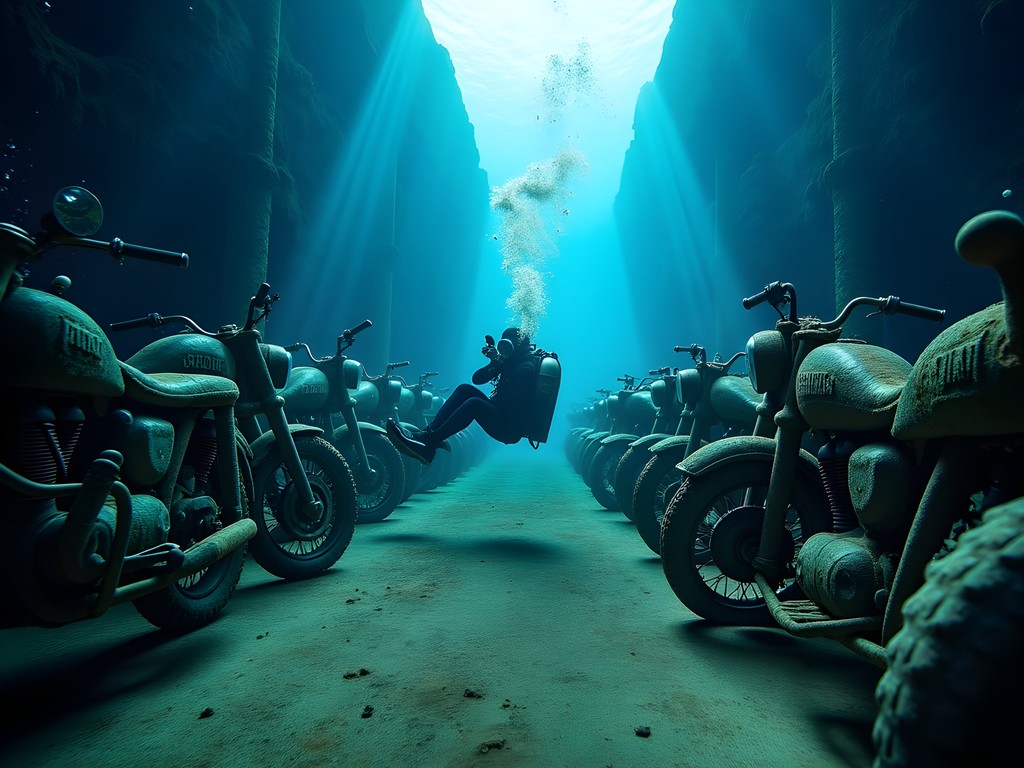
💡 Pro Tips
- Book the Thistlegorm as an early morning trip (5am departure) to avoid the afternoon crowds
- Bring motion sickness medication for the boat rides, especially to Tiran and Thistlegorm
- Consider a 5mm wetsuit in winter months (December-February) as water temps can drop to 21°C
Where to Stay: Balancing Comfort and Budget
Sharm El Sheikh offers everything from ultra-luxury resorts to basic hostels, but my sweet spot after years of trial and error is the mid-range options with diving-specific amenities. Location matters enormously here—staying in Na'ama Bay puts you within walking distance of dive centers but in the heart of tourist chaos, while Shark's Bay offers a quieter experience but requires taxis for evening outings.
Camel Dive Club & Hotel has been my home base for three visits. This diver-focused hotel sits directly above their excellent dive center, meaning you can literally roll out of bed and onto the boat. Their rooms aren't luxurious but are clean and comfortable, with the real value being the inclusive diving packages and the camaraderie of fellow divers at their rooftop bar each evening. The dive instructors often join for dinner, sharing stories and tips for the next day's adventures.
For budget travelers, Oasis Hotel Diving Club offers dormitory options that slash accommodation costs while maintaining access to quality diving operations. I stayed here during my first visit as a cash-strapped graduate student and was pleasantly surprised by the clean facilities and friendly atmosphere.
If you're traveling as a couple and want more privacy without splurging on a resort, consider renting an apartment through vacation rental site. During my last visit, I found a lovely one-bedroom with a kitchen in Hadaba area for roughly $40/night—less than half the cost of comparable hotel rooms. The money saved went straight into extra diving days!
Regardless of where you stay, I strongly recommend bringing your own reef-safe sunscreen and insect repellent. Both items are exorbitantly priced in Sharm's tourist shops, and the local alternatives often contain chemicals harmful to the very reefs you're there to enjoy.
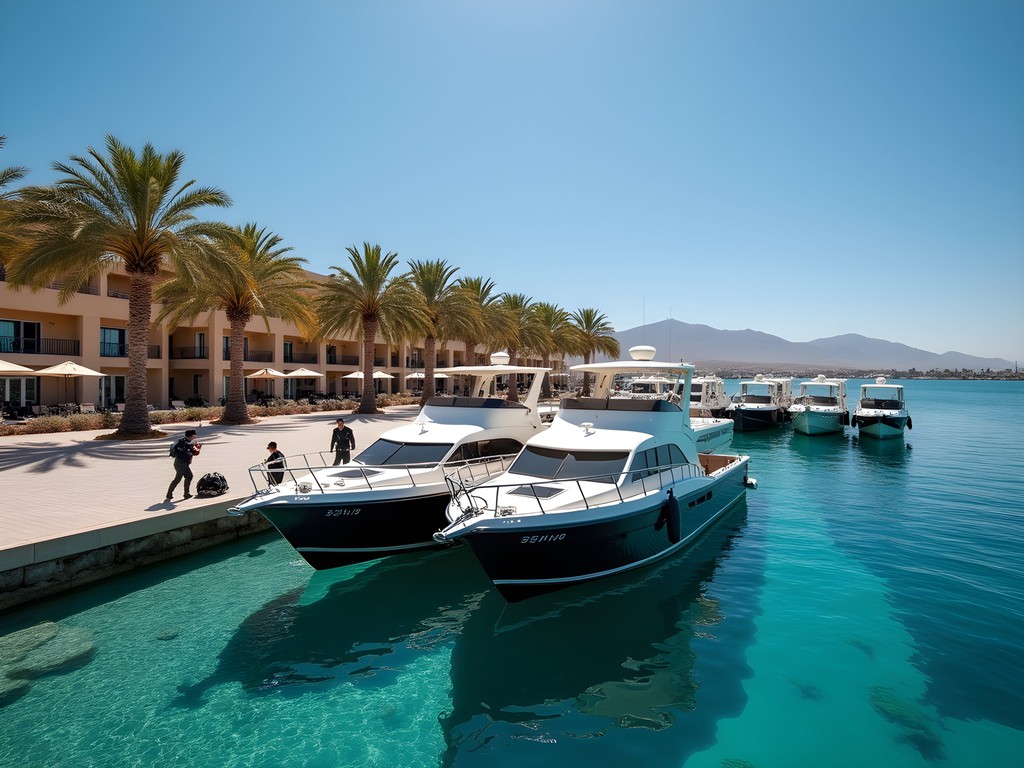
💡 Pro Tips
- Request a room away from the hotel's nightclub/bar area if you need to wake early for diving
- Bring a reusable water bottle with built-in filter to avoid buying plastic bottles
- Book accommodations that include airport transfers—taxis can be surprisingly expensive
Cultural Immersion Beyond the Bubbles
While Sharm's underwater world justifiably takes center stage, the region offers fascinating cultural experiences that many dive-focused tourists miss entirely. As an anthropologist, I can't help but seek these connections between past and present.
The Bedouin culture of the Sinai Peninsula has survived for millennia, adapting to one of Earth's harshest environments. Between dive days, I highly recommend taking an evening desert tour to a Bedouin camp. Unlike the touristy versions advertised everywhere, seek smaller operators like Sinai Blues who work directly with Bedouin families. The star-gazing opportunities in the pollution-free desert skies are unmatched, and the traditional meals cooked in sand pits connect you to cooking techniques unchanged for centuries.
Old Sharm (Sharm El Maya) offers a glimpse into local life beyond the resort bubble. The small but vibrant fish market operates each morning when boats return with their catch. Arrive around 7am to see the fascinating negotiation ritual between fishermen and local restaurant buyers. Even if you don't speak Arabic, the universal language of commerce transcends barriers.
For a deeper historical perspective, the St. Catherine's Monastery day trip provides context for the region's religious significance. This 6th-century monastery houses one of the world's oldest continuously operating libraries, with manuscripts second only to the Vatican's collection. The juxtaposition of this Christian monument in a predominantly Muslim region speaks to the complex cultural tapestry of the Sinai.
For these desert excursions, I always pack my lightweight hiking shoes rather than flip-flops—the terrain is rougher than you might expect. A compact binoculars also enhances both wildlife spotting and stargazing experiences tremendously.
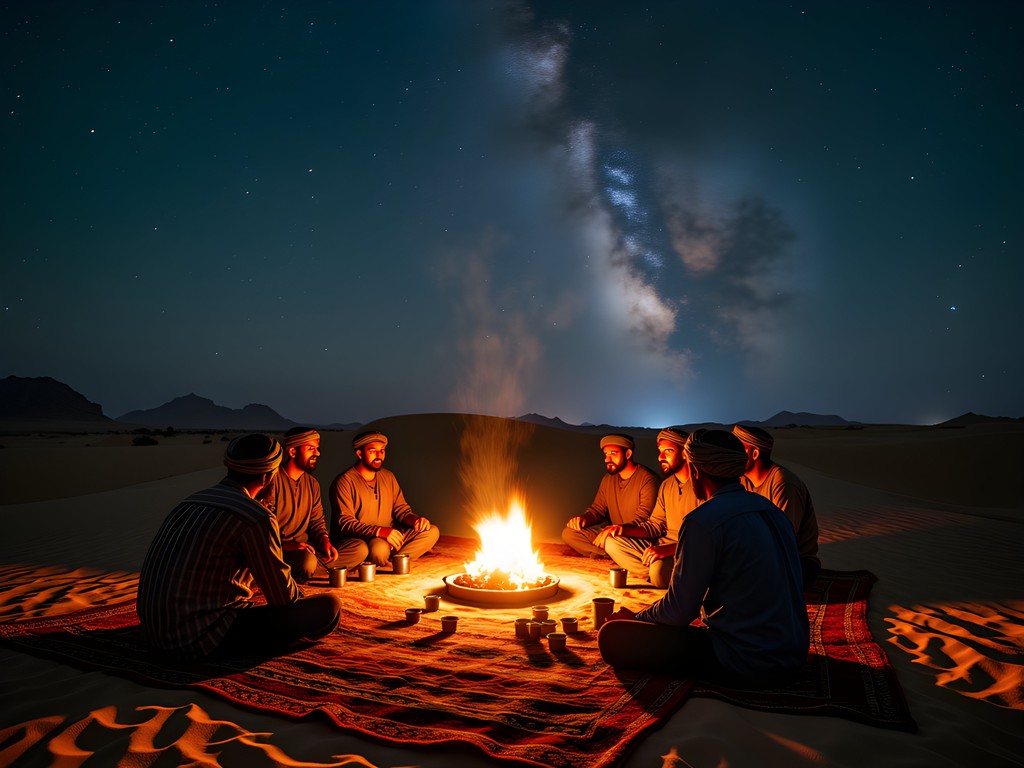
💡 Pro Tips
- Learn a few Arabic phrases—locals genuinely appreciate the effort even if your pronunciation isn't perfect
- Respect local customs by dressing modestly when visiting Old Sharm or Bedouin communities
- Schedule cultural activities on non-diving days to allow your body proper surface intervals
Practical Tips: Diving Safely in Sharm
With its remote location and sometimes challenging diving conditions, Sharm requires preparation beyond what you might need for casual vacation diving in places like the Caribbean.
Choosing a Dive Operator: After trying several operations over the years, I've found that smaller dive centers often provide better experiences than the massive operations attached to major resorts. Camel Dive Club, Emperor Divers, and Sinai Divers consistently maintain high safety standards while offering personalized service. Always check that your operator is PADI or SSI affiliated and maintains their equipment properly—I once politely walked away from a shop when I noticed their rental regulators showing signs of salt corrosion.
Health Considerations: Sharm's combination of desert heat and physical exertion demands serious attention to hydration. I track my water intake with a marked water bottle and aim for at least 3 liters daily on dive days. The sun is mercilessly intense—even on boats, where reflection from water amplifies UV exposure. A rash guard provides crucial protection during surface intervals without the need to constantly reapply sunscreen.
Diving Etiquette: The Red Sea ecosystem is increasingly fragile due to climate change and tourism pressure. Beyond the obvious 'don't touch' rules, be mindful of your buoyancy near coral formations. Many dive sites have established mooring lines to prevent anchor damage—support operators who use these systems rather than dropping anchors on reefs.
Documentation: Egypt's bureaucracy can be unpredictable. Keep digital and physical copies of your dive certification cards, passport, and dive insurance. DAN (Divers Alert Network) insurance is non-negotiable here, as emergency evacuations from the Sinai Peninsula are extraordinarily expensive. The nearest hyperbaric chamber is in Sharm city, but serious diving accidents might require transport to Cairo or beyond.

💡 Pro Tips
- Get DAN dive insurance before your trip—local medical facilities may require proof before treatment
- Bring your own dive computer even if renting other gear—familiarity with your decompression algorithm is crucial for safety
- Download the Divers Alert Network (DAN) app which works offline and provides emergency procedures and contact information
Final Thoughts
As I sit on my final evening in Sharm, watching the sun set behind the Sinai mountains while my logbook entries dry beside me, I'm struck by how this place continues to reveal new wonders even on my fifth visit. The Red Sea represents a perfect intersection of my academic interests in ancient civilizations and my passion for underwater exploration—a living museum where natural history and human history intertwine.
Whether you're making your first diving pilgrimage to these legendary waters or returning for a deeper exploration, Sharm El Sheikh rewards those who approach it with respect and curiosity. The underwater world here has witnessed millennia of human history passing above its surface, from pharaonic trading vessels to modern container ships. When you dive here, you're not just a tourist—you're participating in the next chapter of this region's rich maritime narrative.
Bring an anthropologist's curiosity, a naturalist's attention to detail, and a photographer's eye for beauty. The Red Sea will handle the rest, providing memories that will surface in your dreams long after your return home. As the Bedouin saying goes: 'The desert knows me, and the sea remembers my name.' After diving Sharm, both will surely remember yours too.
✨ Key Takeaways
- Sharm El Sheikh offers world-class diving accessible to intermediate divers year-round
- Mid-range accommodations with dive packages offer the best value for dedicated divers
- Cultural experiences beyond diving provide crucial context for understanding the region
- Proper preparation with appropriate gear and insurance ensures a safe diving experience
📋 Practical Information
Best Time to Visit
Year-round, with peak visibility March-May and September-November
Budget Estimate
$1,200-1,800 per person for 7 days including diving package (excluding flights)
Recommended Duration
Minimum 7 days (allows for 5 dive days)
Difficulty Level
Intermediate
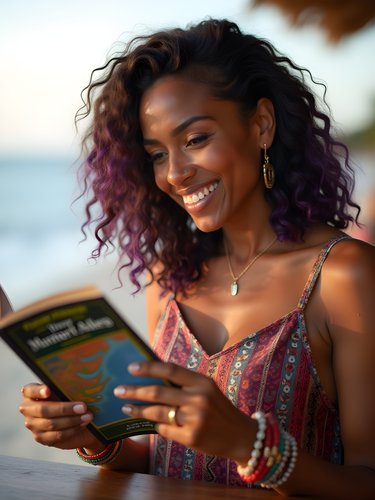
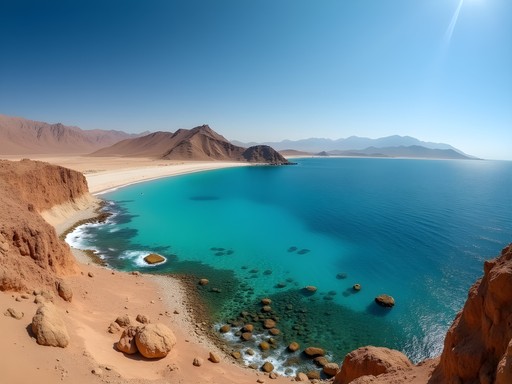
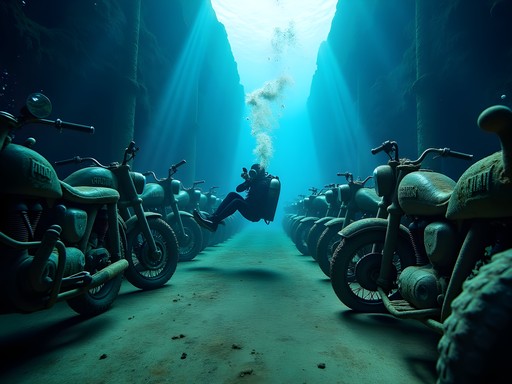
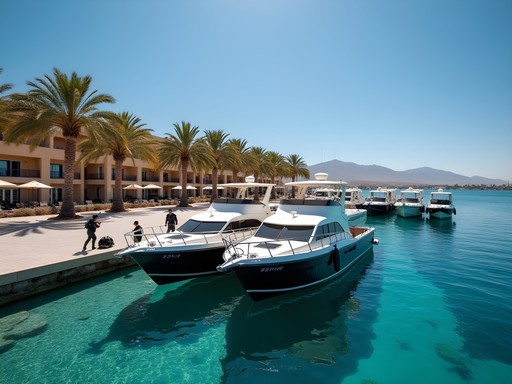
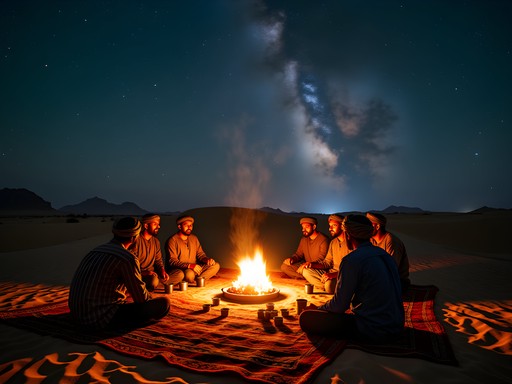











Comments
islandmate
Going to Sharm in October! Any recommendations for dive operators that are good for someone who hasn't dived in a couple years? Also wondering about accommodation - did you find staying in Naama Bay worth it or better to be somewhere quieter?
Violet Marshall
October is a perfect time to go! I used Emperor Divers and they were great for refreshers - very patient and professional. As for accommodation, I actually split my time - started in Naama Bay for the convenience but moved to Sharks Bay for the last few days which was much more relaxed. If you don't need the nightlife, I'd recommend staying outside Naama for a more chilled experience!
winterrider
Just jumping in to second Emperor Divers - used them twice and they're super professional. Also, don't forget to pack a good exposure suit even though it's warm. I was glad I brought my 3mm wetsuit for those deeper dives where it gets chilly!
islandmate
Thanks both! Will definitely check out Emperor Divers and look at staying in Sharks Bay. Appreciate the wetsuit tip too - was debating whether to bring one or just rent!
Taylor Moreau
Excellent guide, Violet. I've been diving in Sharm numerous times over the years for business travel breaks, and you've captured the essence perfectly. I particularly appreciate your mention of the lesser-known dive sites. Ras Um Sid remains a personal favorite - the overhangs provide spectacular lighting effects for underwater photography. For those visiting, I'd recommend allocating at least 5-7 days to fully appreciate both the diving and cultural aspects. One tip I'd add: the seasonal variations are significant. October-November offers the best balance of water temperature, visibility, and marine life activity. Did you notice any crown-of-thorns starfish during your dives? They've been a concern in certain areas.
Violet Marshall
Thanks Taylor! I did spot a few crown-of-thorns at Shark Reef, but thankfully not in the numbers I've seen in other locations. The conservation efforts seem to be making some progress. And completely agree about Ras Um Sid - those gorgonian fans are spectacular in the right light!
winterrider
OMG this brings back memories! Dived Ras Mohammed last year and it was INCREDIBLE. The coral walls are like nothing else I've seen. That part about balancing tourist bubbles with local culture is spot on - we stayed at a big resort but made sure to hit the old market and some local spots. Did you get to dive the Thistlegorm wreck? It's a bit of a journey but totally worth the early morning boat ride!
Violet Marshall
Yes! The Thistlegorm was actually one of my favorite dives of the trip. Those motorcycles and trucks in the cargo hold are surreal. Did you have good visibility when you went?
winterrider
We lucked out with about 25m visibility! Our guide was amazing too - really knew the history of the wreck and took us through all the best sections. Definitely a bucket list dive ticked off!
springbuddy
I'm a beginner diver with only 10 dives. Is Sharm suitable for someone like me or should I gain more experience first?
Jean Wells
Sharm has sites for all levels! Stick to Near Garden, White Knight, and Temple for easier dives. Just be upfront with dive operators about your experience level.
springbuddy
That's great to know, thanks Jean! Feeling much more confident about booking now.
Douglas Bradley
I appreciate your section on 'Cultural Immersion Beyond the Bubbles.' Too many divers miss the rich Bedouin culture in the Sinai. When I visited in early 2025, I spent two days in the mountains with a local guide after a week of diving. The contrast between the underwater world and the desert landscape is striking. For those planning a trip, I'd recommend bringing a good dive computer as rental equipment quality can vary between dive centers. Also, the Old Market area is much more authentic than Naama Bay for local cuisine - try the seafood at El Masrien for a fraction of resort prices!
Violet Marshall
Thanks Douglas! I completely agree about the Old Market - such a hidden gem compared to the more touristy areas. Did you make it to the Coptic Church while you were there? The architecture is fascinating.
Douglas Bradley
I did! The Heavenly Cathedral was unexpectedly beautiful. The blend of Byzantine and modern elements really surprised me. I'd also recommend the small museum nearby that documents the history of Sinai settlements.
smartnomad
How's the internet connectivity there? Need to stay somewhat connected for work while enjoying those beautiful dive sites!
Violet Marshall
Most hotels have decent WiFi, but I'd recommend picking up a local SIM card at the airport for backup. Vodafone Egypt had good coverage even in some of the more remote areas!
smartnomad
Perfect, thanks for the tip! Looking forward to my working vacation in paradise.
coffeenomad
Great guide, Violet! We visited Sharm in January and the diving was incredible. One tip for others - we found that the dive shops in the Hadaba area were about 20% cheaper than the ones in Na'ama Bay with the same quality equipment. We stayed at Stella Di Mare Beach Hotel which had direct access to a lovely house reef. My dive computer was perfect for tracking the deeper dives at Ras Mohammed. Did anyone else check out the night markets in Old Sharm? The seafood was amazing!
winterwanderer9656
Those photos of the lionfish are stunning! Can't wait to see them in person.
moonbackpacker
Just booked my trip after reading this!!! So excited!!
Frank Garcia
Excellent breakdown of the diving ecosystem in Sharm. I've been analyzing dive destinations for my upcoming guide, and your point about the balance between conservation efforts and tourism is spot on. The marine protected areas are showing promising recovery compared to my visits in 2023, but the plastic pollution issue near some of the resorts is still concerning. For anyone going, I'd recommend staying at the mid-range spots in Sharks Bay rather than Na'ama Bay - better access to dive sites and less crowded. Also worth noting that the best visibility is typically February-May based on my data collection. Did you monitor water temperatures during your dives? I'm tracking climate impact on reef systems.
Violet Marshall
Thanks Frank! Water temps ranged from 27-29°C during my August dives. The local dive centers are actually keeping pretty detailed records now for climate monitoring. Sharks Bay is definitely the sweet spot for accommodation!
Venture X
Premium card with 2X miles, $300 travel credit, Priority Pass